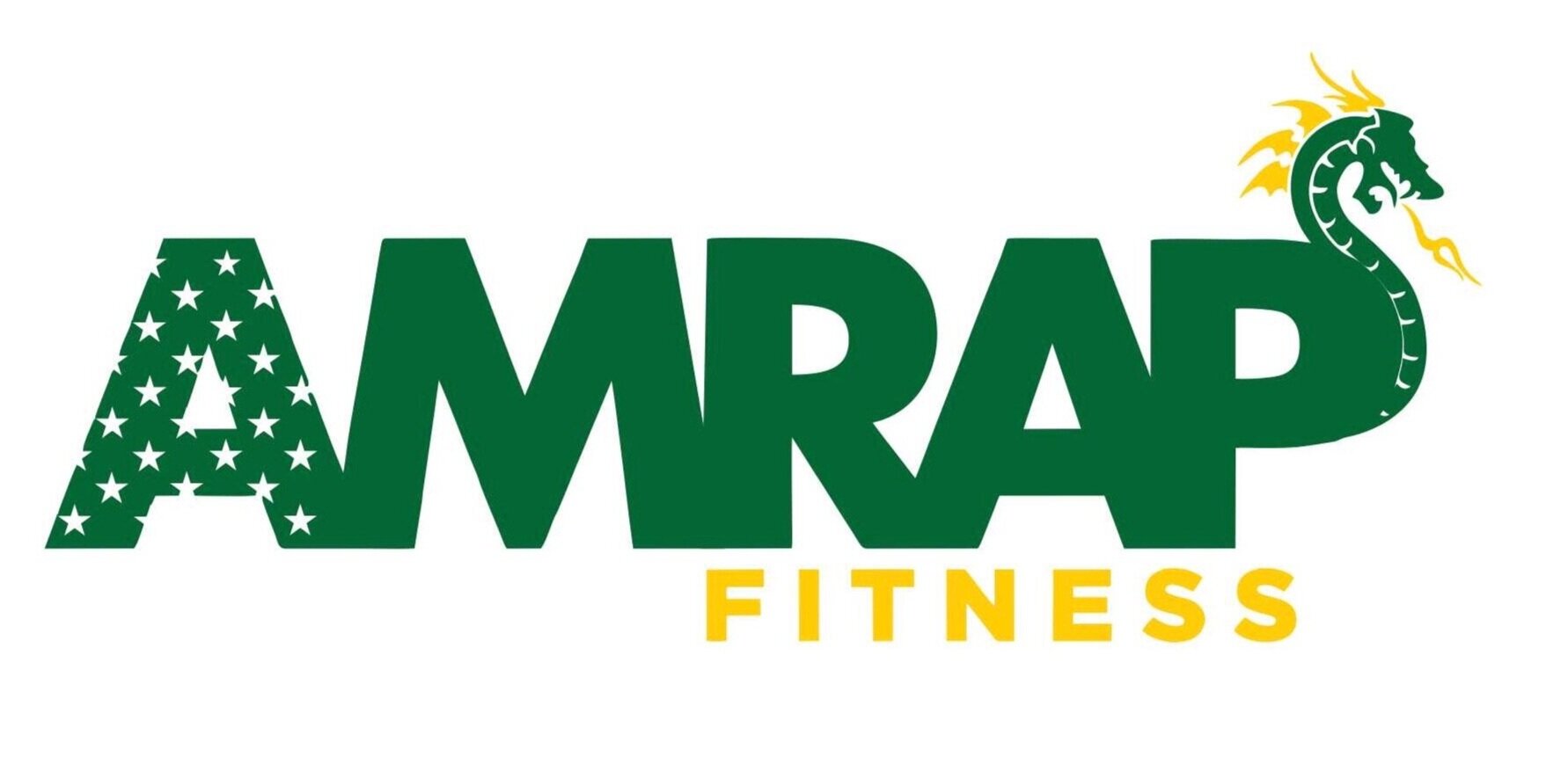1/20 Not all protein powders are created equal - Part 1
Processing method and quality
Protein powders are created through various processing methods and come in several different forms, including concentrates, isolates, and hydrolysates.
Let’s look at each processing method in more depth.
Concentrates: Protein is extracted from animal or plant-based foods by using high heat and acid or enzymes. Concentrates are the least processed and can be 35 to 80 percent protein by weight.21 A protein percentage of 70 to 80 percent is generally the most common (though this can be lower in plant proteins in particular).
The remaining percentage is made up of carbohydrates and fats. So if you don’t mind having some additional calories from non-protein sources, protein concentrate could be a good option for you.
Isolates: Protein isolates go through an additional filtration process, which reduces the amount of fat and carbohydrates, leaving 90 percent or more protein by weight. This makes them slightly faster-digesting, though there isn’t evidence that this results in improved recovery, muscle growth, or fat loss.
Since isolates usually contain a bit less fat and carbohydrates than concentrates, they might be a slightly better choice for those who are carefully limiting their fat or carb intake, or who are willing to pay more just for potential extra benefit, even if not proven.
Whey, casein, and milk protein isolates may also be slightly better for people with lactose intolerance, since more processing removes much of the lactose.
Protein hydrolysates: To create this product, protein undergoes additional processing with heat, enzymes, or acid, which further breaks apart the protein chains into shorter peptides.
The idea is that this extra processing and the resulting shorter chains makes protein hydrolysates even more easily digested and absorbed. So they’re usually marketed to people who want to gain muscle and are drinking protein shakes around their workouts.
While this process makes sense theoretically, the evidence is far from clear that hydrolysates are better than isolates for this purpose.
However, because hydrolysates are essentially pre-digested due to their processing—there’s even less lactose in them—they can be easier on the GI tract for some people.
There are a couple of downsides to hydrolysates, though. First, they tend to have a bitter taste that generally requires a significant amount of added sweeteners and/or sugar to mask.
Second, whey protein concentrates and “non-ionized” isolates retain bioactive microfractions that may improve digestion, mood, and immune function. Whey hydrolysates (and “ionized isolates”) don’t contain these bioactive microfractions. (Casein appears to have some of these bioactive microfractions, too, but is less well studied in this area.)
Price may also be a drawback of hydrolysates, depending on your budget. Typically, the more processed a protein powder is, the more expensive it is.

